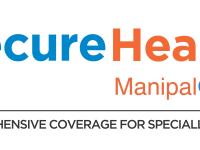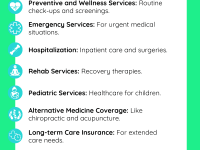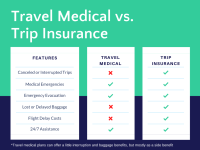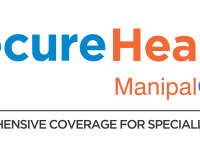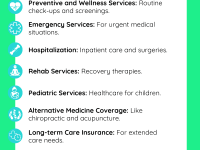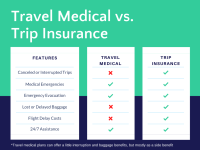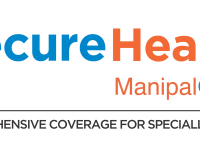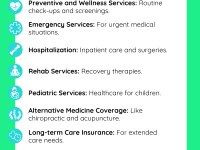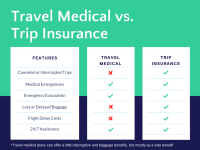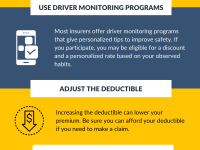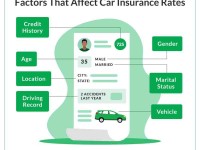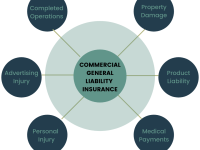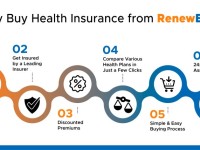Cheap Medical Insurance – How much does health insurance cost? Across the United States, Americans pay different monthly premiums for health care. Although these premiums are not determined by gender or pre-existing conditions due to the Affordable Care Act, there are certain factors that affect your premiums. We review these facts below to help you understand how much you may be paying for health insurance and why.
Many factors that affect how much you pay for health insurance are beyond your control. However, it is good to understand what they are. Here are 10 factors that affect health insurance premiums.
Contents
- Cheap Medical Insurance
- Health Insurance: Plans & Policies In India
- Understand Your Health Classification
- Understanding Insurance In Georgia: Benefits & Tips By Gacinsuranceagency
- How To Find The Best Health Insurance Plan For You And Your Family
- Ways To Reduce Your Health Insurance Premium
- Health Insurance Claim Settlement Ratio: Latest Health And General Insurance Claim Settlement Ratios Of Companies In India
- Compare The Best Cheap Health Insurance Plans 2023
- Gallery for Cheap Medical Insurance
- Related posts:
Cheap Medical Insurance
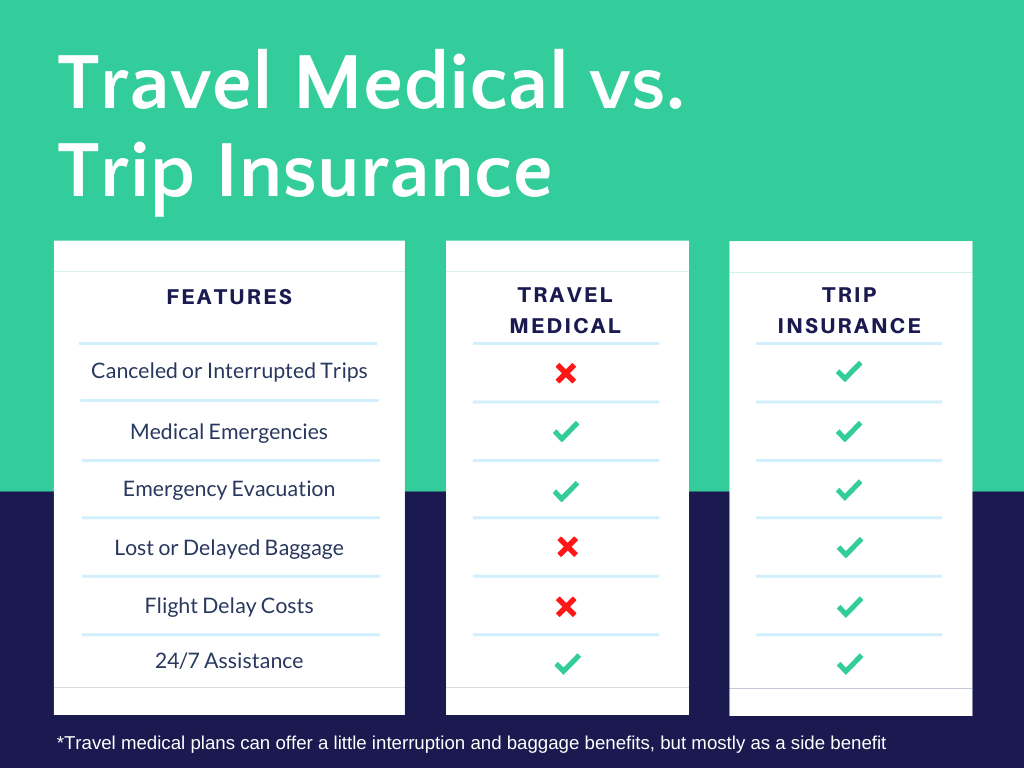
Employer-provided education contributes to a number of key factors that determine how much you’ll pay and how much it will cost. Let’s take a closer look.
Health Insurance: Plans & Policies In India
If you’re lucky enough to work for a company that offers health insurance, it can be as expensive as a new car, according to the Kaiser Family Foundation’s 2022 Employer Health Benefits Survey. Kaiser found that the average annual family wage was $22,463 in 2022.
Employees contributed $6,106 in annual costs, meaning employers picked up about 73% of payroll. For one worker in 2022, the maximum amount was $7,911, of which workers paid $1,327, which means that employers took about 83 percent.
Kaiser also included health maintenance organizations (HMOs), PPOs, public health plans (PPOs), and low-cost health plans with savings options (HDHP/SO) to come up with average numbers. PPOs were found to be the most popular type of plan, insuring 49% of employees. 29% of insured workers are covered by HDHPs/SOs.
Yes, everything employers spend on health insurance for their employees leaves less money for wages and salaries. So the workers are taking more money than these shows show. In fact, one of the reasons wages may not have risen significantly over the past two decades is that health care costs have risen dramatically.
Understand Your Health Classification
What type of plan employees choose affects their premiums, deductibles, choice of health care providers and hospitals, and whether they can have a health savings account (HSA), among many options.
For families where both spouses are covered by employer health insurance, careful comparison is important – one plan may be better than the other. A partner whose plan is not used may be able to pocket the portion of their pay that is not withheld for health care. Or couples without children can choose to each choose their company’s policy individually (usually there is no discount for couples – it’s twice as much).
A federal insurance plan available on HealthCare.gov, the Affordable Care Act’s marketplace, saw 16.3 million people sign up during the enrollment period that ended Jan. 15, 2023 — a record number. Of these, 3.6 million bought products at the market for the first time, and 12.7 million were repeat customers.
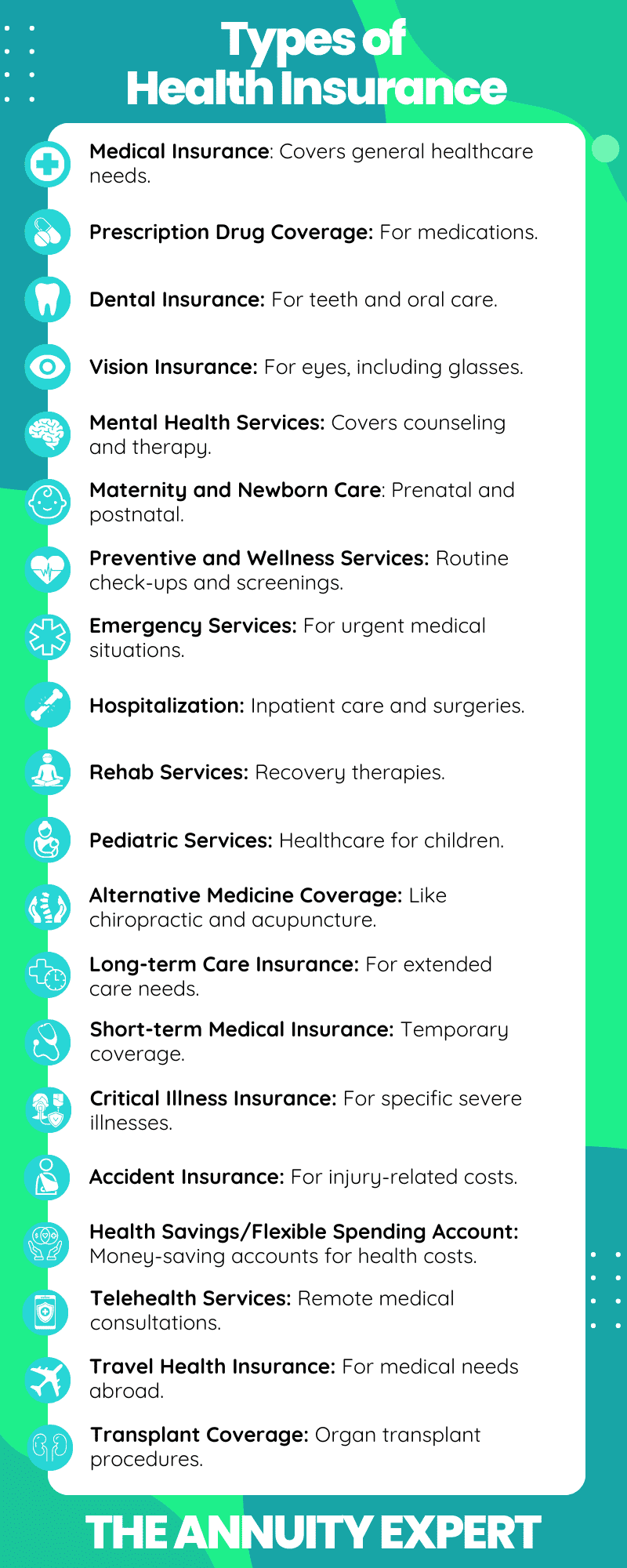
18 states and the District of Columbia operate their own health care reform systems, which mirror the public sector but focus on existing health plans. People in these areas register through their states, not through the federal exchange.
Understanding Insurance In Georgia: Benefits & Tips By Gacinsuranceagency
Each available system offers four levels of detail, each with its own price. In order of value from the highest to the lowest, they are marked with platinum, gold, silver and bronze. A reference plan is the second cheapest silver plan available through a health insurance provider in a given area, and it may even vary by area. It’s called a rating system because it’s the system the government uses – along with your income – to determine how much help you’ll get, if at all.
Premium costs for people enrolled in plans but not receiving subsidies rose nearly 4% in 2023 — the first time since 2018 that premiums have risen. But many people receive subsidies, and thanks to legislation passed under the Biden administration, the cost of adjustment has fallen.
The American Savings Plan Act (ARPA) of 2021 increased the premium subsidy, which remained in place until 2022. Then, the Devaluation Act continued the additional costs until 2025 per person per year.
The average salary for 27-year-olds has been falling since 2019, and will increase slightly in 2023. In 2019, the average salary was $406, in 2021 it was $379, in 2022 it was $368, and in 2023 it was $382.
How To Find The Best Health Insurance Plan For You And Your Family
The good news is that most people who buy a marketplace plan pay less in what the government calls higher taxes, known as subsidies. What support is that? These are credits that the government applies to your health insurance premiums each month to cover them. Basically, the government pays a portion of your premiums directly to your health insurance company, and you are responsible for the rest.
As part of the American Rescue Plan Act (ARPA) passed in March 2021, aid is increased for low-income people and reaches those with high incomes. ARPA increased market subsidies above 400% of the poverty level and increased aid to those making between 100% and 400% of the poverty level.
You can take a tax credit advance in one of three ways: the same amount every month; in some months more, and in others less, which helps if your income is irregular; or as a credit against your tax liability when you file your annual tax return, which may mean you owe less or get a bigger refund. The tax credit is designed to make payments more affordable depending on the size of your family and your income.
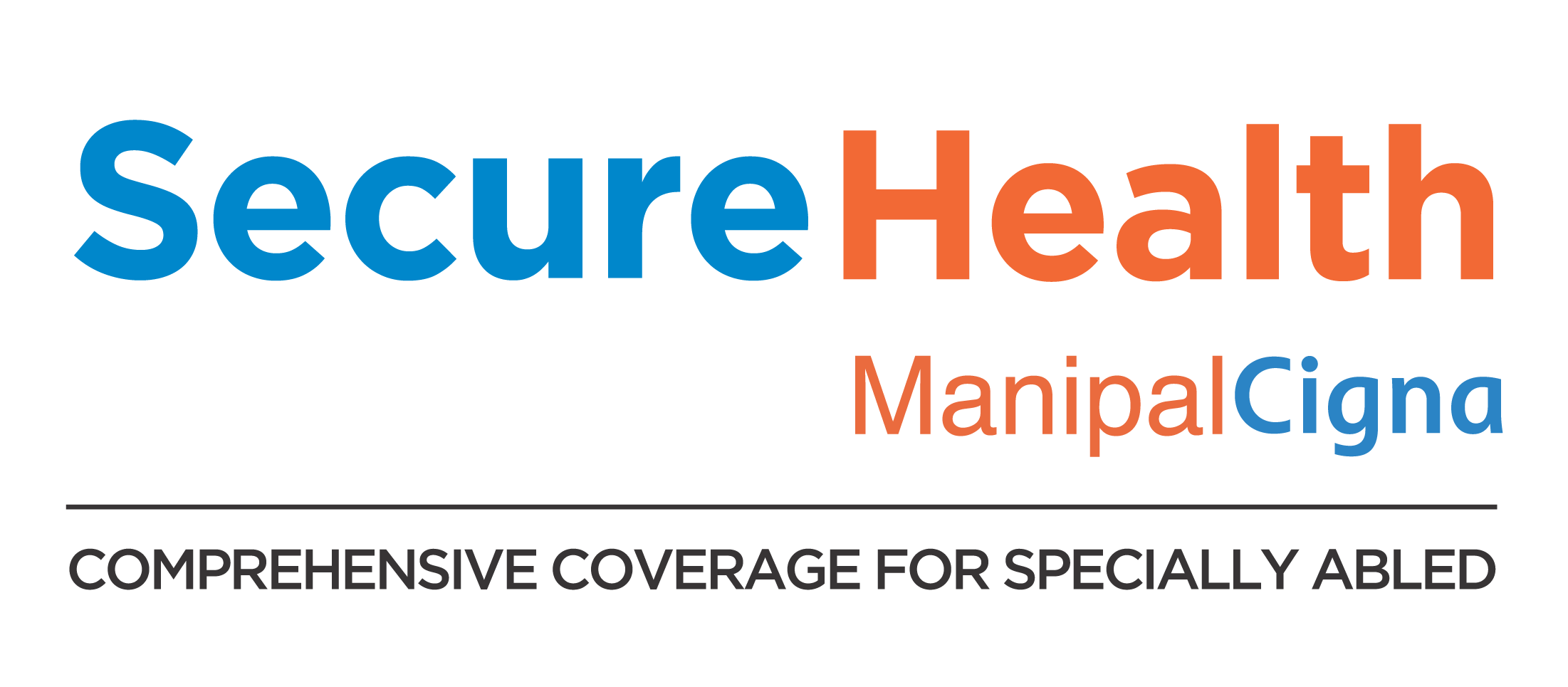
Your credit is based on your income during the year, so if your income or the size of your home changes during the year, it’s a good idea to update your information on HealthCare.gov so your credit score changes accordingly. That way, you won’t have any nasty surprises at tax time and you won’t pay more than you should by the end of the year.
Ways To Reduce Your Health Insurance Premium
In addition to premiums, everyone who has health insurance also pays a deductible. This means you pay 100% of your medical expenses until you pay your deductible. Then the insurance kicks in and you pay a percentage of your debts, and the insurance takes the rest. Most employers have a covered annual deductible, which means it covers most or all medical expenses. Here’s how deductions change in 2022:
People who qualify for a premium reduction (a type of federal subsidy that helps reduce health care costs such as deductibles and copayments) are responsible for a $300 or $500 deductible on the Silver plan, depending on their income. .
If you miss an annual enrollment period and don’t have one of the reasons that qualify you for aSEP, you may need to purchase long-term coverage that lasts from three months to 364 days. Because these plans cost about 54% compared to exchange plans, according to the Kaiser Family Foundation, you can choose one if you can’t afford health insurance through your employer or through the exchange (you may not be eligible for assistance).
Buyer beware: laws vary from state to state, but in general, you can expect that pre-existing conditions will not be covered; your application will not be accepted at all if you have a certain medical condition. Other items that are often excluded are maternity care, medical care and prescription drugs. And be aware of the dollar limit for details. Short-term plans do not offer the same protection as exchange plans and may or may not provide enough coverage when you need it most.
Health Insurance Claim Settlement Ratio: Latest Health And General Insurance Claim Settlement Ratios Of Companies In India
Group plans are generally cheaper than individual plans. So if you’re entitled to one—through your employer, union, or other organization—that’s your best bet in terms of getting your money back. If that’s not an option, the public health marketplaces established by the Affordable Care Act provide the public with affordable insurance. In most parts of the US, you can sign up for a government-sponsored plan through the HealthCare.gov website. However, 18 states and the District of Columbia for 2024 registration are running their own marketplaces, with residents registering through their websites.
It depends on a number of factors, from where you live to your age to the type of plan (employee or individual). Employer-sponsored plans average $659.25 a month, of which each employee pays about $111, for example.
Established by the Affordable Care Act (ACA), the Health Insurance Marketplace is a platform that offers health insurance plans to individuals, families and small businesses. By 2024, 18 states and the District of Columbia will offer their own markets, also known as exchanges, where the government operates a market open to residents of other states. Marketplace plans are divided into four categories that differ in price and coverage. Although they are offered by private companies, they all have to meet certain criteria set by the government or the government.

How much
Compare The Best Cheap Health Insurance Plans 2023
Cheap major medical insurance, cheap medical insurance plans, cheap medical insurance for low income, cheap no medical exam life insurance, cheap family medical insurance, cheap whole life insurance without medical exam, cheap dog medical insurance, cheap medical insurance for family, cheap medical insurance in ga, cheap life insurance without medical exam, cheap medical insurance georgia, cheap term life insurance no medical exam


